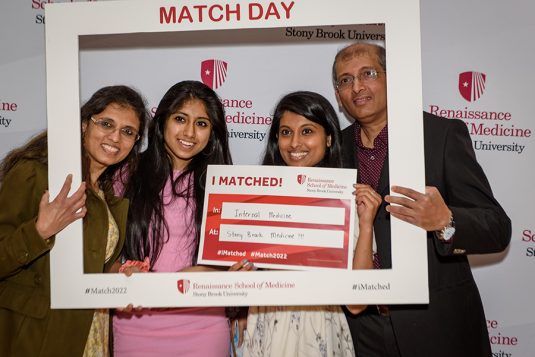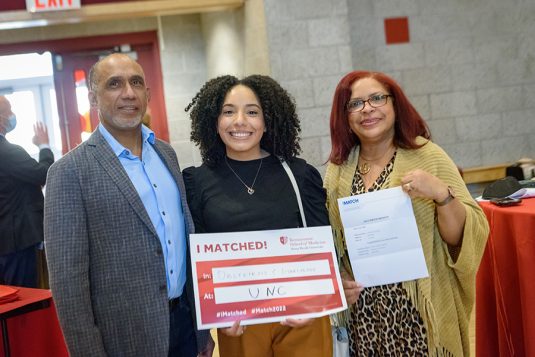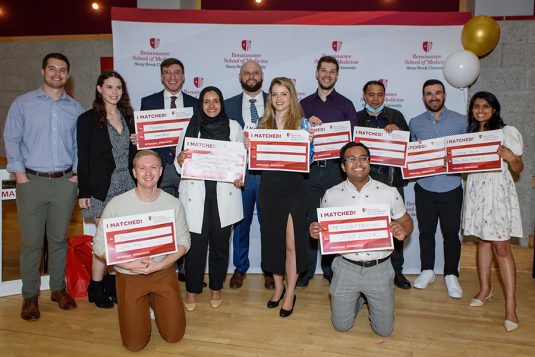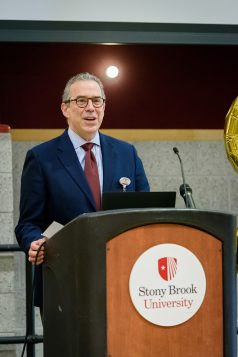Editor’s note: A March 31 court decision update is at the end of article.
By Lisa Scott
For New York State voters in 2022, redistricting is controversial, complex and changing.
Gerrymandering is the intentional distortion of political districts to give one party an advantage. For decades in most states, the majority party in the state legislature drew maps for congressional and state legislature districts which would cement that party’s power for 10 years (until the next census). Nationally, gerrymandering has been criticized for disenfranchising many voters and fueling deeper polarization.
In New York State, voters in 2014 approved a constitutional amendment which established an independent redistricting commission effective after the 2020 census. This amendment was presented as a way to create fair congressional and state senate and state assembly districts, keeping communities together and representation to minority areas to more fairly give all a voice through their elected officials. At the time, good government groups were divided about the amendment’s wording and potential effect … either a “step in the right direction” or “fake reform.”
In 2021, the newly formed NYS Independent Redistricting Commission (IRC) traveled throughout New York State to hold numerous public hearings for input on the map lines that the commission would draw. Unfortunately the IRC was divided equally along partisan lines, and Republican and Democratic commissioners each submitted their own maps to the state legislature and were unable to submit the single plan required by the amendment.
This failure of the IRC threw the district mapping back into the hands of the legislature (both the senate and assembly have Democratic supermajorities) and the legislature’s final 2022 district lines resulted in more districts with strong Democratic-leaning voters. Republicans then filed a lawsuit in Steuben County (upstate NY) which threw the 2022 NYS election calendar into potential chaos as it moved through the court system.
A judge did rule to allow this year’s maps/elections to take place as scheduled, but if Republicans win the suit it appears that there will be a repeat election for NYS Senate and Assembly in 2023 with newer district maps. This would result in state legislative elections in three consecutive years — 2022, 2023 and 2024.
There has been concern and controversy about the congressional lines in Suffolk (CD 1, 2 and 3) whose boundaries have significantly changed. Some elected legislators no longer live in their districts, and there has been “packing” (concentrating the opposing party’s voting power in one district to reduce their voting power in other districts) and “cracking” (diluting the voting power of the opposing party’s supporters across many districts). Cracking was most evident regarding the Town of Smithtown, which is divided among 3 congressional districts, and the community of Gordon Heights, which does not have the single representative that they advocated for at many public hearings in 2021.
Although the next Suffolk County Legislature elections will not be held until 2023, redistricting for the SC Legislature is mired in controversy as well. Legislators of both parties did not nominate representatives to a county redistricting commission in 2021. The Democratic majority therefore drew maps and passed legislation to create the new districts.
Lawsuits were filed and County Executive Bellone vetoed the bill in early 2022. A new independent/bipartisan redistricting commission is expected to start work in April 2022. Remember that your current Suffolk County legislator will represent you until January 1, 2024. Once the Suffolk legislative maps are drawn and approved, voting in the primaries and general election for those seats will occur in 2023 (not this year).
The bottom line for Suffolk County voters? Find your new congressional and state assembly and senate districts at https://newyork.redistrictingandyou.org. Voting in your new district takes effect with the 2022 primaries and general election. However your current representative in Congress and the state legislature will represent you until January 1, 2023.
As you can see, redistricting after the 2020 census has become controversial, complex, and changing. Today’s “rules” may be overruled by court decisions. Dates may change. Districts may be redrawn. Or nothing will change until 2030!
Lisa Scott is president of the League of Women Voters of Suffolk County, a nonprofit, nonpartisan organization that encourages the informed and active participation of citizens in government and influences public policy through education and advocacy. For more information, visit https://my.lwv.org/new-york/suffolk-county or call 631-862-6860.
————————————————————-
Judge rejects New York’s redistricting plan, orders new maps
By Michelle L. Price | AP
Thursday March 31, 2022
NEW YORK — A judge has ordered New York’s Democrat-controlled Legislature to quickly redraw the state’s congressional and legislative districts after finding they were unconstitutional.
Judge Patrick McAllister said in a Thursday ruling that maps redrawing the state’s congressional districts were gerrymandered to benefit Democrats. McAllister said those districts must be redrawn, along with the legislative districts, in a way that attracted at least some bipartisan support.
McAllister, a state trial court judge, gave lawmakers until April 11 to try again. If their new maps fail to pass muster in the courts again, the judge said he would order the state to pay for a court-approved expert to redraw the maps.
Legislative leaders said they would appeal the ruling.
“This is one step in the process. We always knew this case would be decided by the appellate courts. We are appealing this decision and expect this decision will be stayed as the appeal process proceeds,” said Mike Murphy, spokesman for the Senate majority.
A message seeking comment from the governor’s office was not immediately returned.
The state’s primary elections are scheduled June 28 and candidates have already begun campaigning in the new districts.
The judge said that if the Legislature fails again and an outside expert is hired to draw the maps, the process would be expensive and lengthy and may leave the state without maps before Aug. 23, the last possible date that the state could push back its primary election.
Republicans had argued in a lawsuit that the maps were unconstitutionally gerrymandered to benefit Democrats and marginalize GOP voters.
Former GOP U.S. Rep. John Faso, a spokesperson for the Republicans who filed the lawsuit challenging the maps, said Democrats willingly violated a prohibition on partisan gerrymandering.
“This is a victory for the people of the state and it’s a victory for competitive and fair elections in New York State,” Faso said.
Legislative and congressional boundaries are being redrawn as part of the once-per-decade redistricting process kicked off by the 2020 Census.
The maps, drafted by lawmakers and approved by Democratic Gov. Kathy Hochul, ensured that Democrats made up a strong majority of registered voters in 22 of the 26 congressional districts the state will have for a decade.
Republicans currently hold eight of New York’s 27 seats in Congress.
In early March, McAllister said at a hearing that he didn’t think there was enough time to redraw the maps before the June primary. But the judge said he would issue a decision by April 4 about whether to uphold or strike down the maps.
The legal challenge in New York is among a series of disputes over redistricting playing out in states around the country.



















